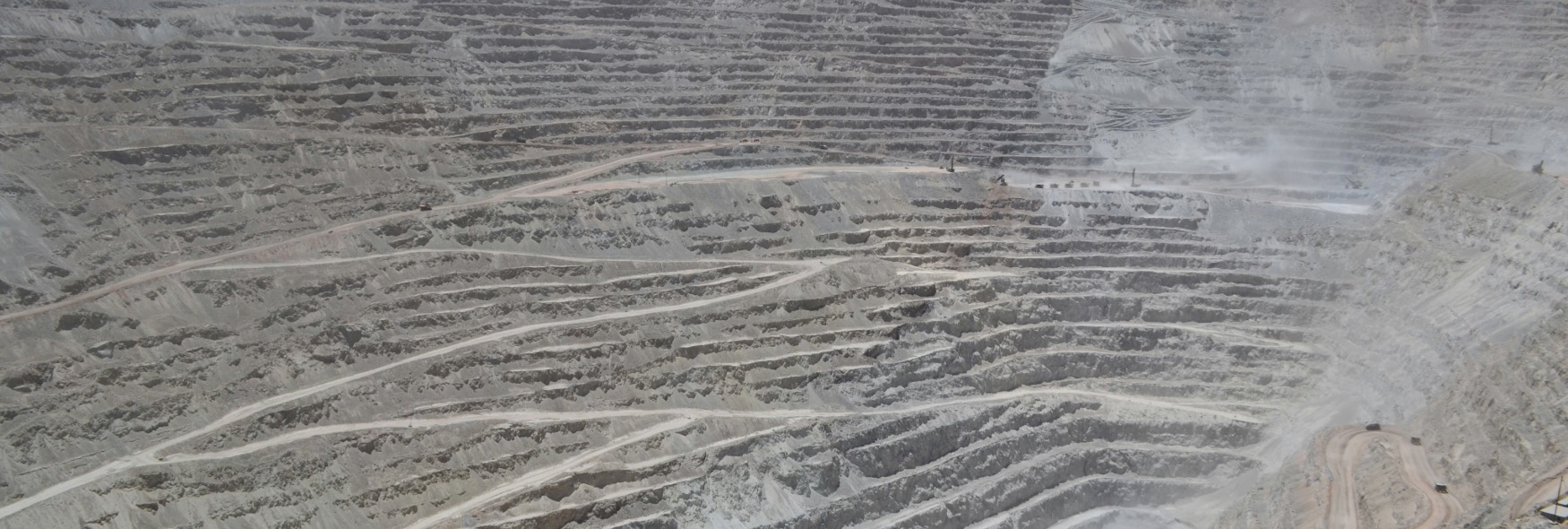Ammonia, a nitrogen compound, is naturally present in trace amounts as a by-product of microbial nitrogen gas utilization or organic waste decomposition. Many industries also produce ammonia for various applications including mining operations introducing ammonia to waste streams through primarily blasting and cyanide destruction. In many cases these activities necessitate implementation of ammonia treatment systems to meet water quality regulations. This is because even low concentrations of ammonia are highly toxic to fish and aquatic life. Environment Canada, Metal and Diamond Mining Effluent Regulations (MDMER) and the US Environmental Protection Agency (EPA) have all established guidelines for water ammonia concentrations.
While there is no universal solution, commonly considered treatment technologies for addressing ammonia include air stripping, oxidation, adsorption, membrane separation, and biological treatment.
Air stripping relies on mass transfer of ammonia from water to air, but concerns include low efficiency, temperature sensitivity, high reagent costs, equipment scaling, and atmospheric ammonia emissions.
Oxidation, electrochemically or using chemical reagents like chlorine and hydrogen peroxide, can convert ammonia to nitrogen gas. However, challenges include non-selective oxidation, high reagent dosages or power consumption, sensitivity to suspended solids, and toxic treatment residuals.
Adsorption involves adhering ammonia to surfaces, with zeolites commonly used. However, challenges include competition with other cations, physical degradation over time, and management of ammonia-laden brine during regeneration.
Membrane separation technologies, such as reverse osmosis, achieve high ammonia removal efficiency (up to 99%) but face challenges like membrane fouling and high ammonia concentration in liquid brine by-products.
Biological treatment employs bacteria to catalyze ammonia removal in one or two stages. Despite its success in other sectors, concerns in mining involve its sensitivity to fluctuations, bacteria’s vulnerability to trace metals, long start-up periods, and the risk of toxic by-products. Moreover, it requires phosphorus and/or organic carbon addition and careful management to avoid environmental impacts.
In conclusion, ammonia removal in mining requires careful consideration of site-specific factors to select the best treatment approach, accounting for life cycle costs and implementation risks throughout the mine’s lifespan.
Farzad Mohamm PhD PEng
For personalized assessments and expert guidance on implementing ammonia treatment solutions tailored to your specific needs, please contact us.

